If you’re working with a lot of packaging, you’re probably familiar with corrugated cardboard. If you don’t, you can’t go about your daily life without being exposed to cardboard. But, do you know what determines the strength and price of the corrugated boards? What is it made of? What effect does this have on your packaging’s success? This guide is designed to explain and clarify everything you might need to know about cardboard. Everything is explained from flutes to gsm, padding to the number of walls.
1. How is corrugated material formed?
Before going into more technical details, it’s useful to highlight how corrugated cardboard is formed (if you want a full overview of how cardboard is made, click here). In fact, a sheet of standard corrugated cardboard is made up of 3 parts. This is a sheet of corrugated or “grooved” material in the center, placed over two layers of paper – the outer liner.
During the manufacturing process, each side of the grooved material is glued to the plain paper liner. Glue holds the grooves in place, adding stiffness and stability to the paper. You can see the basic diagram of the slot and pad below.

2. The material used to make cardboard
One of the key factors that determine the performance of corrugated materials is the type of paper used. Despite the widespread use of paperboard, there are two main types of paper commonly used for liners. These are called Kraft and Test bushings.
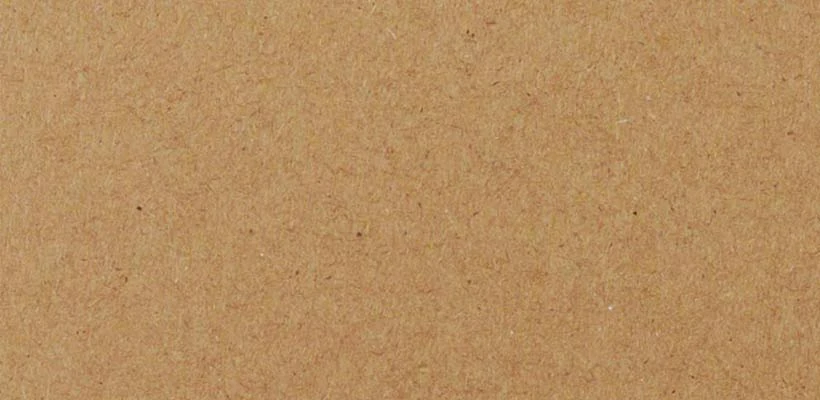
Kraft paper is made from cork. It is the strongest paper and the easiest to print on because of the “virgin” fibers. Therefore, it is the most commonly used outer liner when choosing to produce corrugated boxes and packaging materials.
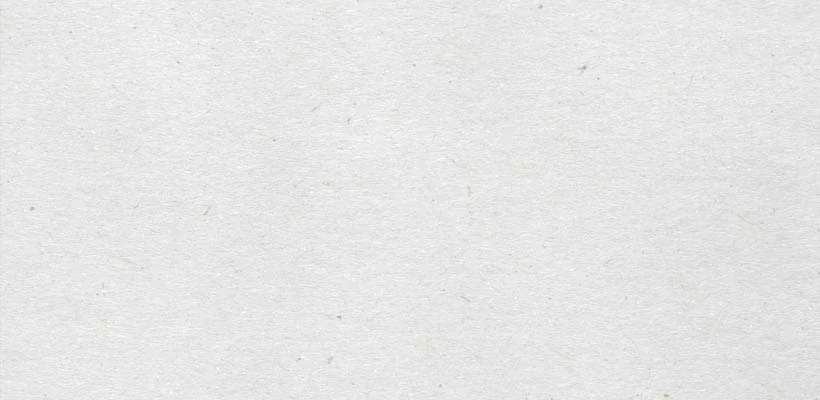
The test papers are actually double layers of paper. Because it is recyclable, test strips are not as strong as kraft paper and are not as easy to print, so they are often used as inner pages. However, it is cheaper than Kraft paper.
Each line type actually consists of two distinct layers. The base layer is used for adhesion and strength, while the finer “cover layers” are mainly used to improve aesthetics and aid printing. However, despite the popularity of Kraft and Test liners, there are actually many other options. When producing paperboard, the grades of paper that can be used for the outer lining are as follows:
- Kraft paper (K): pure kraft paper
- Test 2 (T2): Partially recycled paper
- Test 3 (T): Fully Recycled Liner
- chip (C): waste pad
- Fully bleached white (BW): fully bleached cowhide liner
- White TOP (WT): White Coated Recycled Liner
- Mottled Kraft (MK): Mottled white kraft paper
- oyster (OY): mottled test liner
- Semi-chemical (SC): virgin fibers using a neutral sulfite semi-chemical process
- Waste-based (WB) 100% recycled fiber
The last two paper types listed here are the most commonly used flutes and are less commonly used for pads. Note that this list is not exhaustive and there are several other expert papers available.
3. Paperweight and GSM
It is also important to consider the weight of the paper once you understand the types of paper available and commonly used. In fact, all papers are measured the same way, which means you might see “80 gsm” on copy paper used in an office or home printer.
Grams per square meter is abbreviated as gsm. Essentially, if you take a square meter of paper and weigh it, you get the grams per square meter of paper (that is, the weight). So if you’re using corrugated cardboard that has a 125 gsm kraft liner, you’ll often see it referred to as 125K. Plain Paperweight – When used for corrugated material, include at least the following:
- 115/125 GSM
- 140/150 GSM
- 185/200 GSM
- 300 GSM
Again, this list is not extensive and other weights may be used.
4. Wall Type
The wall is the construction of corrugated cardboard materials. In addition to different paper weights and types, the type (and number) of grooves must also be considered. At its most basic level, corrugated cardboard consists of two liners and a slot. This is called a “single wall” board. Below is a chart showing this.

However, an extra slot segment – and extra liner – can be added with what is known as a “double wall” or “dual wall” material. This effectively adds extra rigidity and strength, making it suitable for packing heavier items and adding extra protection to items that may be more fragile or expensive. You can see an example below.

Finally, if you’re transporting items that are particularly heavy or large (e.g. auto parts, industrial equipment, etc.), a “three-wall” rating can also be used. As the name suggests, this adds another length of groove and extra padding. Also known as Tri-Wall (which is also the manufacturer’s brand name), you can see it in the basic chart below.

5. Flute
The last aspect of corrugated board that affects its performance (as well as weight and cost) is the geometry. The flute is the “corrugated” section between the two pads, and by varying its height (and therefore the size of the flute), different performance characteristics can be achieved.
This makes it possible to make lightweight retail cartons from very fine flutes like “E” (pretty nicely printed on), through rougher flutes like “A” or “B” flutes, which are often used in shipping packaging.
Just like the example above, using a double wall material, one or more flutes can be grouped together to create a grade such as an “EB” or “BC” flute. This can provide a perfectly rigid structure for heavier items, while also allowing for improved aesthetics and painted surfaces.

The flutes themselves are usually manufactured from waste-based tanks (WBF – i.e. fully recycled material) or so-called semi-chemical tanks (SC).
Typical weights for grooving are as follows:
- 90 GSM WBF
- 105 GSM WBF – the most common flute standard
- 112 SC and WBF
- 150 SC and WBF
- 175 SC and F
There are also some commonly used flute profiles or sizes as follows:
- A 5mm groove
- B slot: 3mm
- c-slot: 4mm
- e-groove: 1.5mm
- f flute: .2mm
bc Flute: Double Wall – 6mm – Combination of B+C Flutes
EB Flute: Double Wall – 4.5mm – Combination of E+B Flute
Again, this list is not exhaustive and is further complicated by the fact that many corrugated manufacturers produce very similar products that are given arbitrary names (and are unique to that manufacturer).
6. Board-level naming
All this information allows you to create an abbreviation to describe the type of board being used.
For example, if your material grade was to use a 125gsm Kraft liner, 125gsm Test liner, and B-groove, this would be written as…
125k/B/125t
Similarly, a 150 Test liner, plus a 150 Test liner, plus an E-groove, would be described as…
150t / E / 150t
In fact, the term is easily understood (or at least should be understood) by any packaging manufacturer, and also allows you to fully understand what material your carton is made of.
7. Apps
Just knowing how corrugated cardboard grades are made, and what it’s made of, doesn’t necessarily allow you to make an informed choice about the type of material you should use for your packaging. Therefore, the information below provides more detail on each of the most commonly used flute types.
E flute
E-grooves are approximately 1mm to 1.5mm thick and provide very fine grooves. Not only does this give it excellent compressive strength and resistance to compression, but it means it provides a high-quality surface for printing.
Therefore, it usually uses smaller cartons, where good print quality is required, plus die-cutting applications. E-type flutes have 90 flutes per foot and are 1/16th thick

B flute
B-flute is the most commonly used type of paperboard for packaging applications. With a thickness of 3mm, it is very versatile and can be used for die cutting and conventional shell making processes. Good all-around performance in various types of packaging. It usually has 47 flutes per linear foot covering 1/8″ of thickness.

C flute
With a thickness between 3.5mm and 4mm, the C-groove provides greater compressive strength than the B-groove. This means it provides better stacking strength when used in lightweight products. However, it can easily break if used in the wrong application. The c-slot has 39 slots per linear foot and is 3/16″ thick.

BC flute
Due to the thickness of 6mm to 7mm, this double wall material combines the B and C grooves. This provides good all-around performance, making it popular for producing cases that offer a higher level of transport protection. Therefore, only basic printing (eg flexo) tends to be added.

EB flute
The EB flutes (as the name suggests) are approximately 4mm to 4.5mm thick and combine the E and B flutes into a double-walled material. Due to the use of very fine (E) and relatively large (B) grooves, this grade offers an excellent balance between transition protection, strength, and print finish.

8. Weights
When specifying the type of cardboard for packaging, some parameters such as paper weight, slot type, and the number of walls can be changed, so similar performance can be achieved with different cardboard grades. However, there are typical performance guidelines for different corrugated board grades, which are often cited. These can be seen in the table below
| Flute | Grade | Product Weight |
| B or E | 125 K/T | 4-6kg |
| B or E | 150 K/T | 8-12kg |
| B or E | 200 K/T | 12-17kg |
| B or E | 200 K/ 300 T | 17-25kg |
| B or E | 300 K/T | 25-35kg |
| Flute | Grade | Product Weight |
| BC or EB | 125 K/T | 10-15kg |
| BC or EB | 150 K/T | 15-25kg |
| BC or EB | 200 K/T | 25-35kg |
| BC or EB | 200 K/ 300 T | 35-40kg |
| BC or EB | 300 K/T | 40-45kg |
9. Terminology
As a final point of reference/explanation, below is a list of common terms, pertaining to board grades and corrugated materials in general.
Transverse Groove – A unit of measure used to measure corrugations (or other grooved materials such as Correx®), measured in the opposite direction of the groove (and therefore width).
Liner – A compressible paper material used to compensate for any irregularities in the surface being sealed. This compressible material (usually pulp or new board) is usually attached to the liner, providing a better finish (appearance), water resistance, and extra strength.
Blank – A piece of corrugated cardboard that has been cut and scored ready to make a box.
Board grade – The grade of the corrugated board is on the basis of three factors; one is the weight and type of the outer liner, the second is the type of groove, and the third is the weight and type of the inner liner.
Burst, Damaged – This term refers to a packaging container that has ruptured or “burst” due to excessive pressure (e.g. a lower box may burst if stacked too high).
Cartonboard – Cartonboard is stiffer and thicker than carton board. It has medium to high compressibility and moisture resistance. Unlike cardboard, it is solid and has no grooves.
Trim (or just trim) – the length of the board/paper.
Clay Coating – A thin layer of kaolin is applied to corrugated cardboard to improve its printed surface. For use on unbleached or natural kraft paperboard.
Corrugation – A material that is shaped into a series of parallel ridges and grooves.
The extrusion-edge extrusion test measures the lateral extrusion of corrugated boards. It provides information about the compression resistance of the board.
Board width on corrugated cardboard.
Double Wall Panel – A combination of two layers of corrugated material (possibly with different groove sizes), a material that provides additional strength.
Double Layer – A cardboard consisting of two layers, usually coated on the outside, which makes it more waterproof, often used in paper cups and cups, in the pharmaceutical industry
Edge Compression Test – Longitudinal Compressive Strength Test of Corrugated Board
Reinforced Slots – Alternative to Standard Slots, Materials for Increased Strength and Performance
FEFCO – The Federation of European Corrugated Board Manufacturers is a non-profit organization representing the interests of the corrugated paper industry.
FEFCO Shell Code – A set of standard design patterns used in the corrugated industry.
Fiber packaging material is made from molded fibers, also known as molded pulp.
The paper for the center layer is provided on the corrugated board (cardboard). It separates the liner, providing strength and rigidity. See Appendix 1 for the most common flutes.
Channel Shape – The shape of the corrugations within the corrugated material
Gram Weight – Also known as GSM, the weight of paper is expressed in g/m2 (grams per square meter).
GSM – is an abbreviation for grams per square meter.
Kraft paper or cardboard is made from virgin pulp during the pulping process. It is made from natural unbleached wood fibers.
Lightweighting – In packaging, lightweight is the design of packaging to reduce material usage, reduce weight and cost, and also reduce the burden on the environment.
Liner – A paper material that forms part of corrugated cardboard. There are inner and outer liners; the quality of the outer layer is usually higher due to its use in print finishing.
Mottled – paper lining with an off-white look
Single-Sided – A slot is glued to only a one-liner
Single-wall or double-sided, single-wall panels consist of a portion of the slotted paper (in the middle) and two materials (usual cardboard) bonded to both sides of the slotted paper to give it strength.
Slit Edge – The edge of the sheet with the slit is parallel to it. It is also called the width of the material
Test liner – Recyclable liner board with completely similar fibers that can be made into sheets. Known as homogenous/single layer, or a combination of two layers, the outer layer is a better quality regenerated fiber, which is called double or multi-layer.
Three-wall corrugated board is a three-flute corrugated board named for its strength, flexibility, and eco-friendliness.
Raw Material – Material that has not been processed in any way.
Weight – refers to the density of the material
10. Conclusion
Hopefully, this guide answers any questions you may have about corrugated board grades. Aopack is a professional corrugated box making machine supplier, if you have any other questions about how to use machines to produce corrugated box efficiency, then do not hesitate to contact Aopack’s engineers.

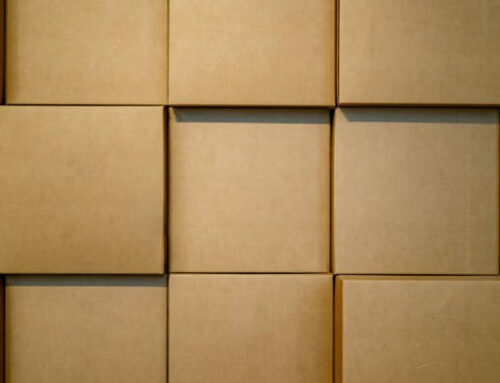
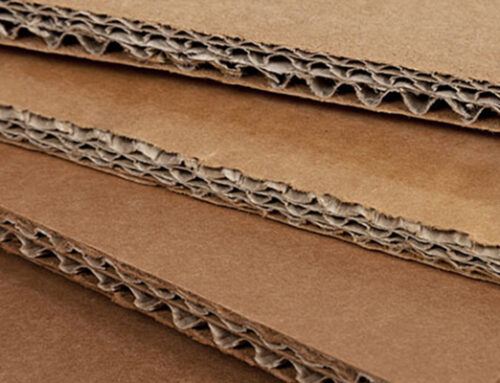
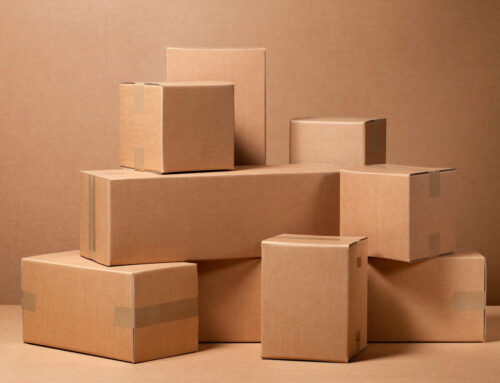
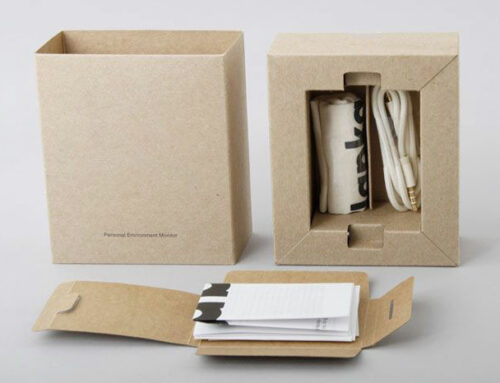
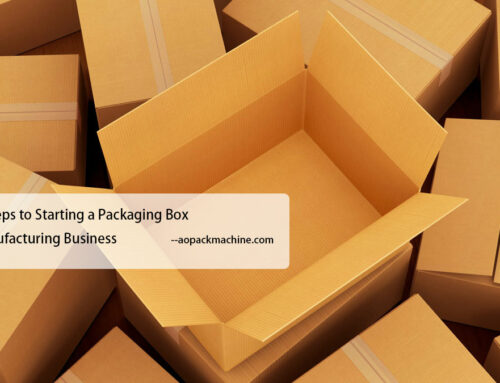
Leave A Comment